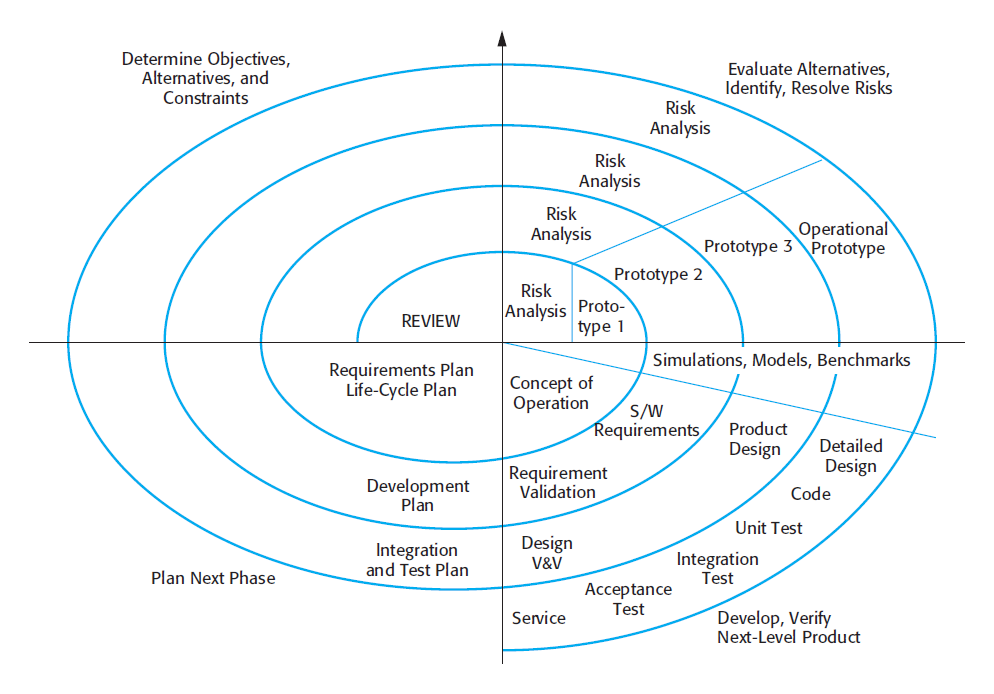Roy Fielding generalized the Web’s architectural principles and presented them as a framework of constraints, or an architectural style in his Ph.D. dissertation. Through this framework, Fielding described how distributed information systems such as the Web are built and operated. He described the interplay between resources, and the role of unique identifiers in such systems. He also talked about using a limited set of operations with uniform semantics to build a ubiquitous infrastructure that can support any type of application. Fielding referred to this architectural style as REpresentational State Transfer, or REST. REST describes the Web as a distributed hypermedia application whose linked resources communicate by exchanging representations of resource state.
Representational state transfer (REST) is an abstraction of the architecture of the World Wide Web; more precisely, REST is an architectural style consisting of a coordinated set of architectural constraints applied to components, connectors, and data elements, within a distributed hypermedia system. REST ignores the details of component implementation and protocol syntax in order to focus on the roles of components, the constraints upon their interaction with other components, and their interpretation of significant data elements.
Hypermedia
The description of the Web, as captured in W3C’s “Architecture of the World Wide Web” and other IETF RFC documents, was heavily influenced by Fielding’s work. The architectural abstractions and constraints he established led to the introduction of hypermedia as the engine of application state.
The idea is simple, and yet very powerful. A distributed application makes forward progress by transitioning from one state to another, just like a state machine. The difference from traditional state machines, however, is that the possible states and the transitions between them are not known in advance. Instead, as the application reaches a new state, the next possible transitions are discovered.
In a hypermedia system, application states are communicated through representations of uniquely identifiable resources. The identifiers of the states to which the application can transition are embedded in the representation of the current state in the form of links.
Example of hypermedia as the engine for application state in action
REST - An Architectural Style, Not a Standard ,while REST is not a standard, it does use following standards:
- HTTP
- URL
- XML/HTML/GIF/JPEG/etc (Resource Representations)
- text/xml, text/html, image/gif, image/jpeg, etc (MIME Types)
Principles of REST Web Service Design
- The key to creating Web Services in a REST network (i.e., the Web) is to identify all of the conceptual entities that you wish to expose as services.
- Create a URL to each resource. The resources should be nouns, not verbs. For example, do not use this:
http://www.parts-depot.com/parts/getPart?id=00345
Note the verb, getPart. Instead, use a noun:
http://www.parts-depot.com/parts/00345
- Categorize your resources according to whether clients can just receive a representation of the resource, or whether clients can modify (add to) the resource. For the former, make those resources accessible using an HTTP GET. For the later, make those resources accessible using HTTP POST, PUT, and/or DELETE.
- All resources accessible via HTTP GET should be side-effect free. That is, the resource should just return a representation of the resource. Invoking the resource should not result in modifying the resource.
- No man/woman is an island. Likewise, no representation should be an island. In other words, put hyperlinks within resource representations to enable clients to drill down for more information, and/or to obtain related information.
- Design to reveal data gradually. Don't reveal everything in a single response document. Provide hyperlinks to obtain more details.
- Specify the format of response data using a schema (DTD, W3C Schema, RelaxNG, or Schematron). For those services that require a POST or PUT to it, also provide a schema to specify the format of the response.
- Describe how your services are to be invoked using either a WSDL document, or simply an HTML document.





